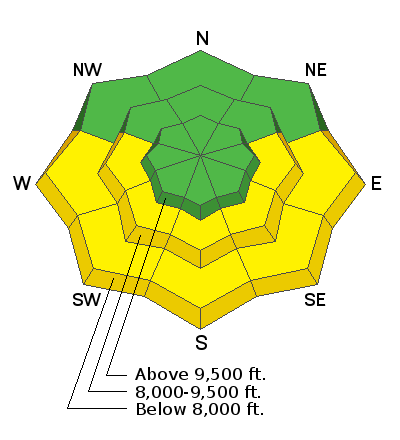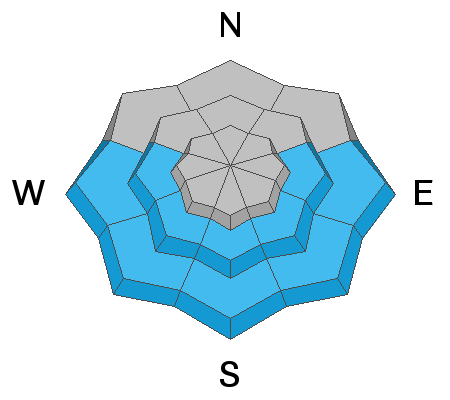Forecast for the Provo Area Mountains

Issued by Trent Meisenheimer on
Sunday morning, February 13, 2022
Sunday morning, February 13, 2022
This morning the avalanche danger will be LOW and may rise to MODERATE for the possibility of wet snow avalanche problems due to daytime heating and direct sunlight. I would avoid any steep, shallow slopes that become wet, fully saturated, and unsupportable to the weight of a rider.
Outside of any wet snow avalanche problems, the snowpack is generally stable, and the avalanche danger is LOW. Watch for (1) isolated pockets of wind-drifted snow in exposed terrain at the upper elevations and (2) sluffing in the snow in steep terrain.
Outside of any wet snow avalanche problems, the snowpack is generally stable, and the avalanche danger is LOW. Watch for (1) isolated pockets of wind-drifted snow in exposed terrain at the upper elevations and (2) sluffing in the snow in steep terrain.

Low
Moderate
Considerable
High
Extreme
Learn how to read the forecast here








